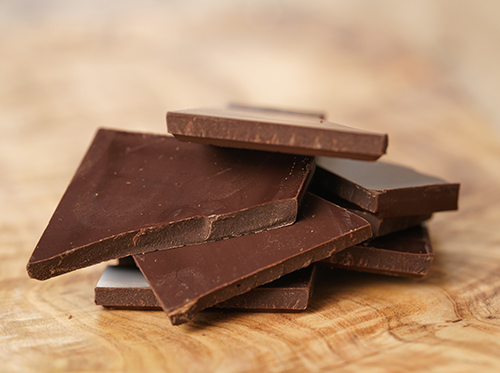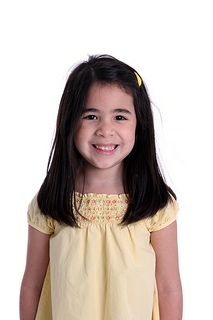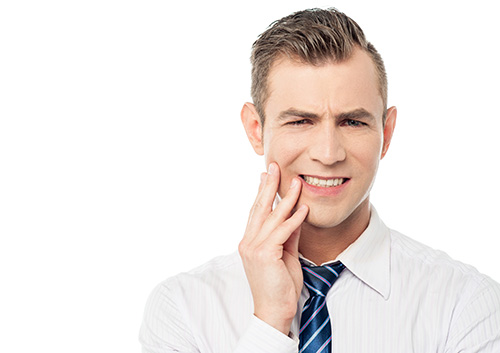Our Blog

Dental problems do not always wait for normal office hours. Broken fillings or damaged teeth are common reasons for emergency treatment. Toothaches and abscesses can

Nobody likes bad breath, and although it can sometimes be difficult to tell if you have it, it is always better to practice good oral

Valentine’s Day is the holiday to celebrate all the treasured relationships in your life. It’s a time to honor love in all shapes and forms

When a child is born, he or she will have 20 primary teeth and 32 permanent teeth. But sometimes kids are born with additional teeth,

Although teeth are strong enough to tear through food, they are also fragile. An accident such as a fall may loosen teeth or knock a

Whether you’ve lost a tooth from decay, are preparing for dentures, or were born with a gap where a tooth should have been, you could

Oral hygiene has always been an important part of maintaining overall health. For thousands of years, humans have found ways to keep their teeth and

What to do to prevent gum disease? If left untreated, gum disease can lead to discomfort, infection, and even tooth loss. Bacteria in our mouths

People have been ushering in the New Year for centuries but it became an official holiday in 1582 when Pope George XIII declared January 1st

